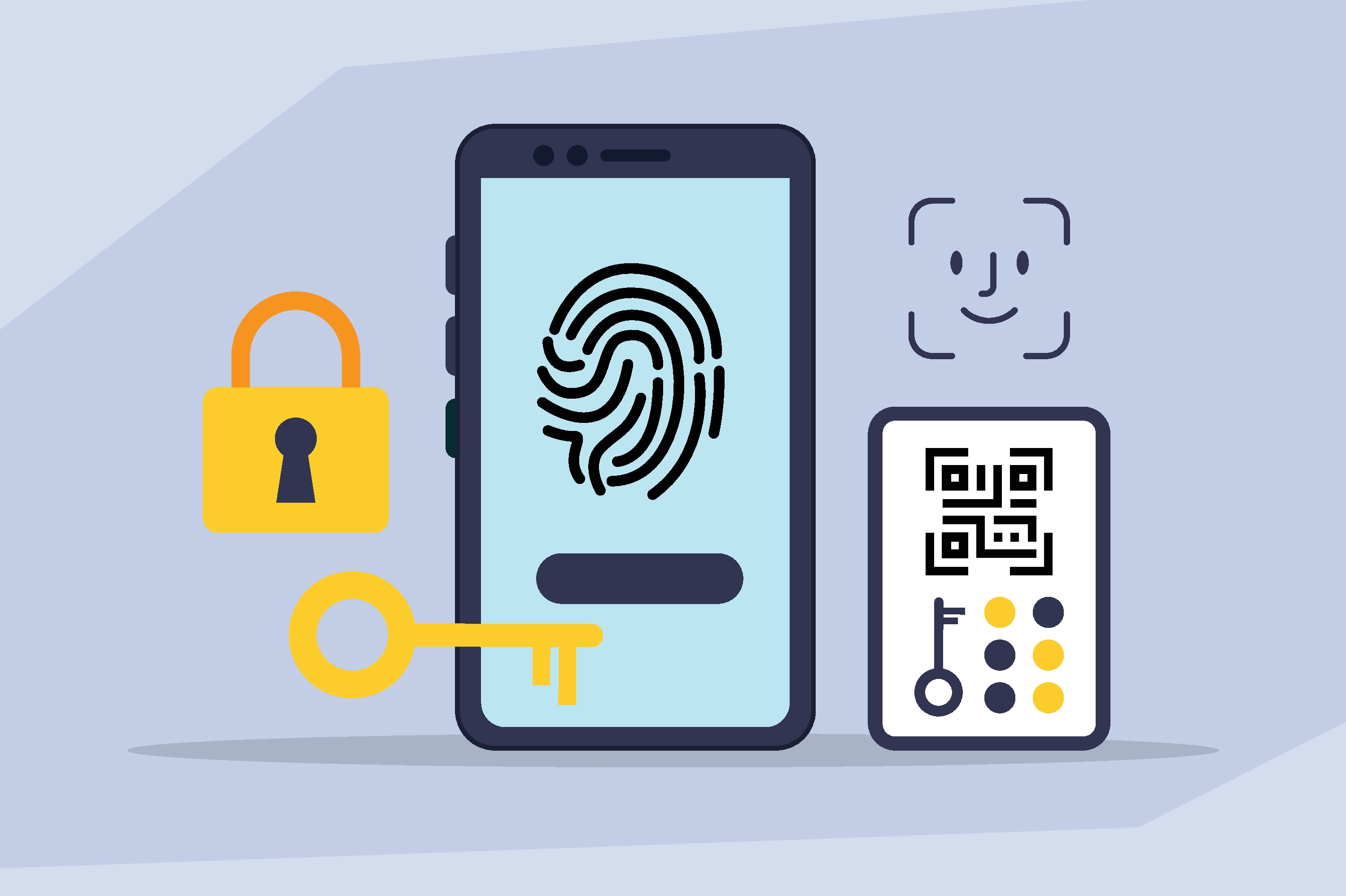The Next Generation of Biometric Technology Is Here, and It’s Revolutionizing Digital Authentication

We are now living in a world that science fiction writers could only dream of. Biometric technologies that captured the imagination of audiences in popular television shows and films set in the future or a galaxy far, far away like Star Wars, Star Trek, Blade Runner, and I, Robot are now part of our daily life. We unlock our iPhones using face recognition, sign into our computers using the built-in fingerprint scanner, and speed through the airport with the assistance of CLEAR’s iris scanner. Biometric technologies, commonly referred to as biometrics, are “automated methods of verifying or recognizing the identity of a living person based on a physiological or behavioral characteristic.” The earliest known examples of biometric technologies date back to the 14th century when Chinese merchants used ink to take children's fingerprints for identification. Throughout history, biometrics has expanded from its origin of fingerprint analysis to include the measurement of other human attributes such as voice, iris, retina, hand, face, handwriting, keystroke, and finger shape, gait, ear shape, head resonance, optical skin reflectance, and body odor. Today, biometrics are playing an increasingly critical role in securing the rapidly growing number of digital transactions worldwide.
As the next generation of biometric technology hits the market and revolutionizes digital authentication, watch out for the following four trends:
- Legacy technology will soon be history. The National Institute of Standards and Technology (NIST), the United States government agency tasked with developing information security standards and guidelines, has already raised the alarm about the vulnerabilities inherent in traditional two-factor authentication methods, including one-time passwords (OTPs), which can be diverted via mobile porting and SIM swaps. As a growing number of more effective biometric technologies come to market, expect 2FA to either be radically improved or eventually be thrown into the authentication dustbin of history, along with security questions like “What is your mother’s maiden name?”
- User experience will be more seamless than ever before. The next generation of biometric technologies is less ‘sci-fi’ flashy and more ‘behind-the-scenes’ subtle—for instance, gait analysis, a new technology perfected by UnifyID, which Prove recently acquired. Gait analysis works in the background using data culled from a phone’s accelerometer to measure an individual’s unique walking style. This information can then be used to confirm if the rightful owner of the phone is indeed in possession of it. Of course, other organizations are also researching how to optimize gait analysis for the real world. Researchers at the University of Manchester, for instance, found that the gait analysis system they designed was effective an astounding 99.3% of the time. They even proposed installing the technology into airport floors to improve security. Working in the background, gait analysis, and other similar biometric technologies will create a seamless and frictionless user experience.

- Biometric technology will supplement, not replace, other mobile authentication technologies. Biometric technologies are a powerful tool to establish if the rightful owner of a phone is in possession of it. However, it doesn’t necessarily establish a phone’s tenure (how long it's been owned and operated by one person), which is a key marker of legitimacy in phone-centric cybersecurity. However, by pairing the next generation of biometrics with other cutting-edge tools like Prove’s Trust Score™, companies and banks can dramatically reduce fraud.
- Privacy is key. The history of biometrics is closely linked with the fundamental right to privacy, so it’s no wonder why members of the general public feel concerned that, when misused, biometric technology can be invasive and unethical. In France, Alphonse Bertillon made history when he invented the mugshot and the Bertillon system, a procedure where law enforcement would measure head length, head breadth, length of the middle finger, length of the left foot, and length of the cubit (forearm) of prisoners so they could be easily identified after they were released. Today, biometrics has continued to be used by law enforcement in ways that result in the over-surveillance of targeted communities, especially Black Americans. In order to earn consumer buy-in and overcome distrust of new technologies, it will be critical for technology companies to develop zero-knowledge frameworks and robust privacy policies.
The next wave of biometric technology is already entering the marketplace and revolutionizing digital authentication by accelerating the retirement of legacy technologies, complementing existing security protocols, offering a seamless user experience for customers, and respecting consumer’s privacy. When it comes to biometric technology, the future is here, and our bodies are now our passwords.
Get in touch

Keep reading
 Read the article: Beyond the OTP: Why SMS-Based 2FA Is Failing and What Comes Next
Read the article: Beyond the OTP: Why SMS-Based 2FA Is Failing and What Comes NextExplore the classic conflict between security measures and user friction.
 Read the article: Anatomy of an Account Takeover Attack: Analysis and Response Plan
Read the article: Anatomy of an Account Takeover Attack: Analysis and Response PlanLearn practical strategies for handling identity verification API errors or no-match responses. Explore fallback methods and clear communication tactics to ensure a smooth, user-friendly experience.
 Read the article: Prove Global Fraud Policy℠: A New, Adaptive Standard for Digital Identity
Read the article: Prove Global Fraud Policy℠: A New, Adaptive Standard for Digital IdentityIntroducing the Global Fraud Policy (GFP), Prove’s new unified, adaptive fraud-defense engine that replaces fragmented, custom rules with a single, comprehensive policy that automatically updates as new threats emerge. This forward-looking framework helps businesses anticipate and respond to evolving threats like GenAI deepfakes, synthetic identities, and eSIM bots, protecting customers at scale.













